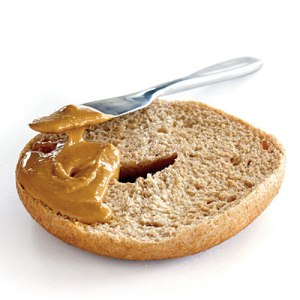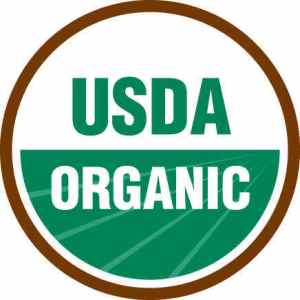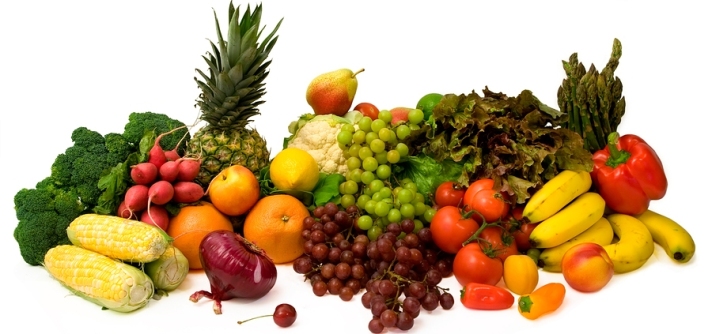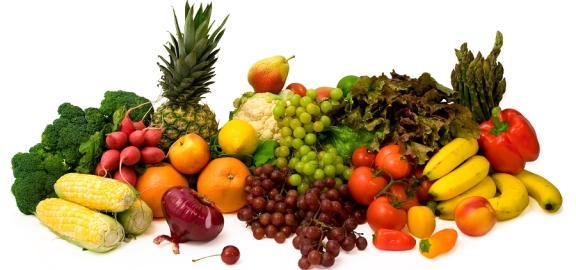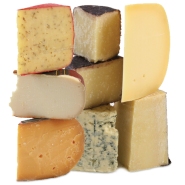After much debate, I ended up going home for Thanksgiving an official vegan, so what did this mean? I got to experiment with vegan baking! And to my amazement, it was delicious and completely indistinguishable from the regular type (aside from pumpkin pie, but that’s a whole different issue). 
I arrived home equipped with Isa Chandra Moskowitz and Terry Hope Romero’s highly-praised cookbook, Vegan Cookies Invade Your Cookie Jar, and had a chance to try out several recipes. The verdict: the recipes here are simple and fantastic, whether or not you are vegan.
Soymilk is the obvious substitute for dairy milk in baking, and Earth Balance’s “Vegan Buttery Spread” works just like butter or margarine. But what about the eggs?
It turns out that different ingredients can be substituted for eggs based on what the eggs are used for in a specific recipe. For instance:
- Eggs used for moistening might be substituted with applesauce, banana, or oil.
- Eggs used for binding can be substituted with various starches
- Eggs used for rising can be substituted with baking powder
And in recipes written without eggs, the absence was unnoticeable. 
Some recipes my family tried over break included desserts from Vegan Cookies Invade Your Cookie Jar, including Cowboy Cookies, Cherry Almond Cookies (we added chocolate chips to these), and brownies. All were among the best cookies I’ve ever tasted, and I spent four months baking professionally this summer.
We also tried pumpkin muffins, apple muffins, and pumpkin pie.
The muffins were both heavenly, and I’ll never assume muffins need eggs again. The pumpkin pie, however, was not great. Since pumpkin pie is so heavily egg-based, vegan recipes require using large amounts of cashews, tofu, or avocado, depending on the recipe. I tried a cashew version, and next time I think I’ll use tofu. However, the problem could also be that I grew up on the Libby’s pumpkin pie recipe, so anything besides that tastes strange to me. The same is true of most brownies—I always ate brownies from the boxed mix. 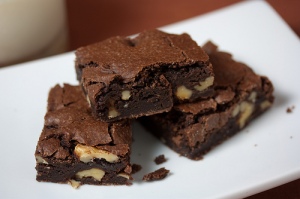
What does this mean? It’s time for Christmas recipe experimentation! I will never again assume that eggs or dairy are necessary for baking, but it may take some finesse to duplicate the Christmas recipes that have been a tradition in my family since my mother was growing up.







